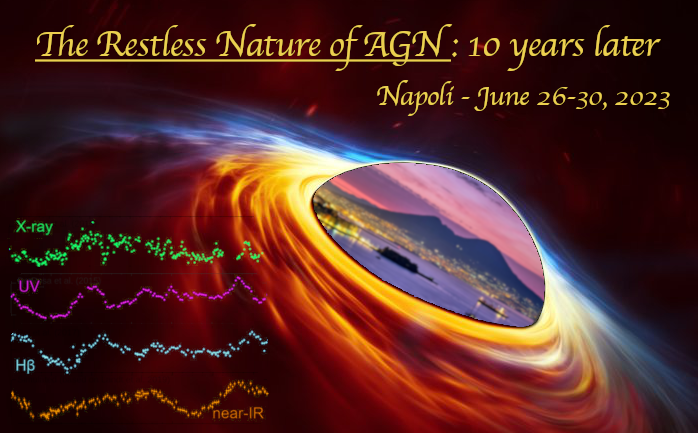Speaker
Description
PKS 2131−021 is a blazar that shows peculiar variability in the radio light curve: within 45 years of recorded data, two epochs show strong sinusoidal variation with roughly the same period and phase, straddling a 20 year period when this variation was absent. We apply the Lomb-Scargle periodogram, weighted wavelet Z-transform and least-squares sine-wave analyses and address two pitfalls that are commonly ignored in periodicity studies of blazars: First, blazar light curves typically exhibit red noise variability, which makes it necessary to employ a large set of simulated light curves that reflect such a process. Second, when no a priori knowledge about the signal period exists, the look-elsewhere effect needs to be taken into account over the tested frequency range. Our statistical analyses demonstrate conclusively, at the 4.6σ significance level, that the periodicity in this object is not due to random fluctuations in flux density. A simple model can explain the sinusoidal variability as a result of modulated Doppler boosting due to the orbital motion of a Supermassive Black Hole Binary (SMBHB). The observed period of ~2 years in the rest frame of the source suggests an orbital separation of ∼0.001–0.01 pc. If truly a SMBHB and sufficiently massive, the gravitational waves produced by this system may be detectable with future pulsar timing arrays.

